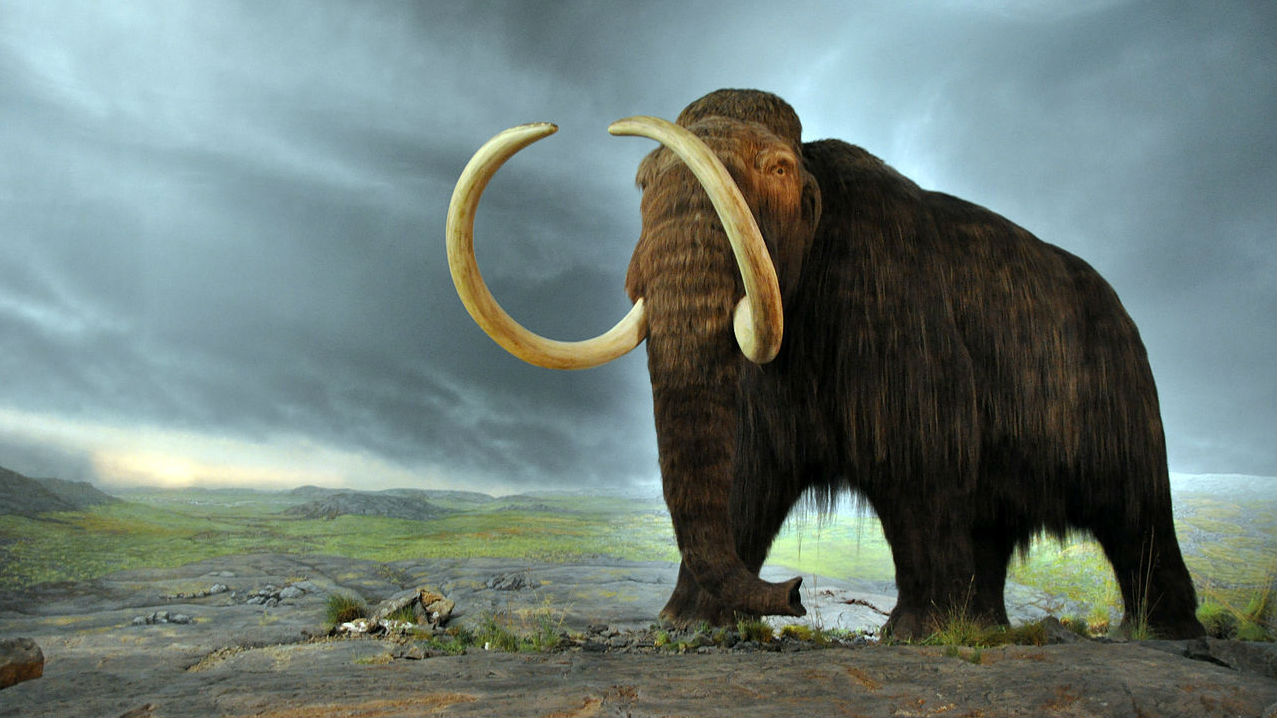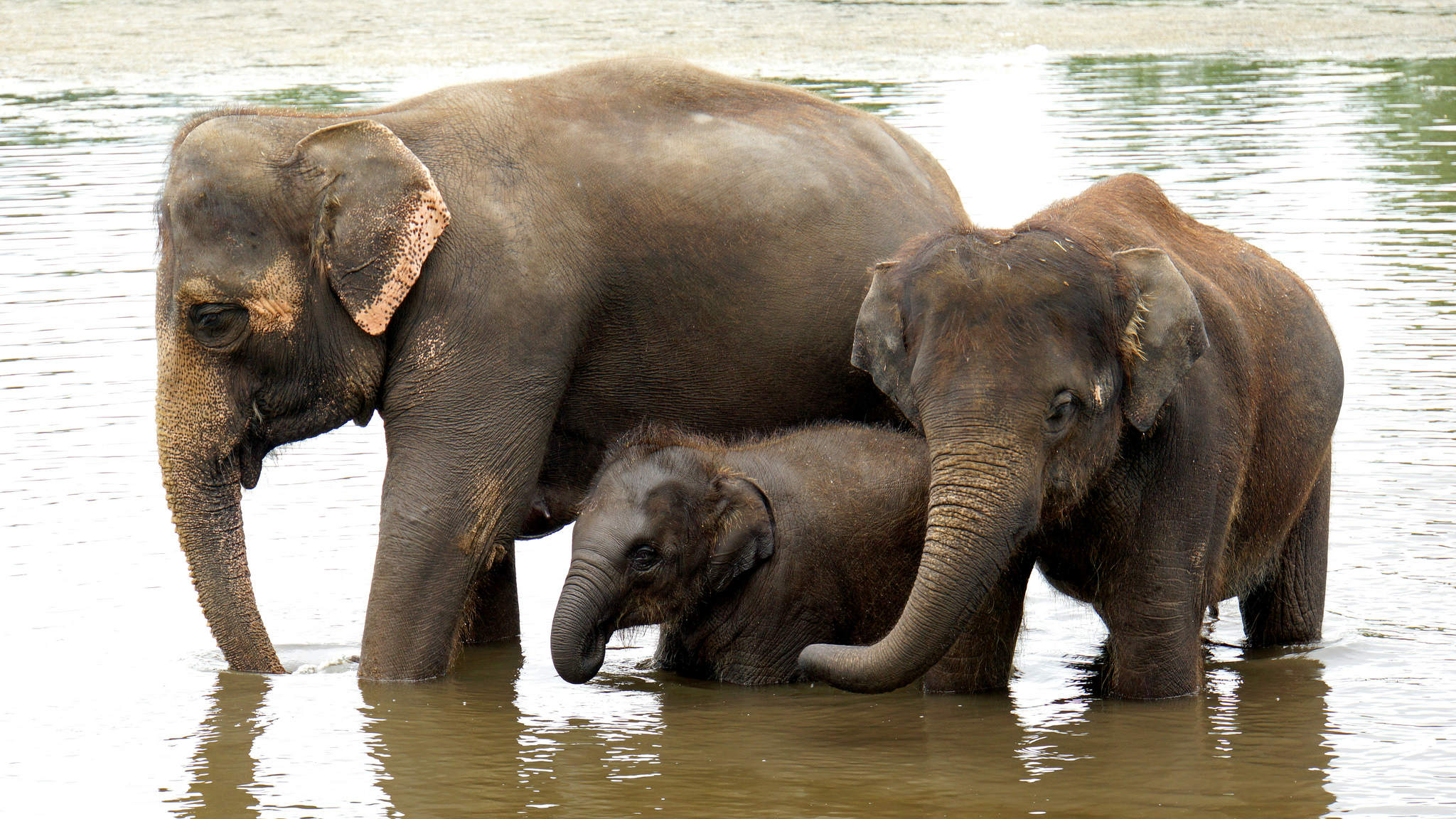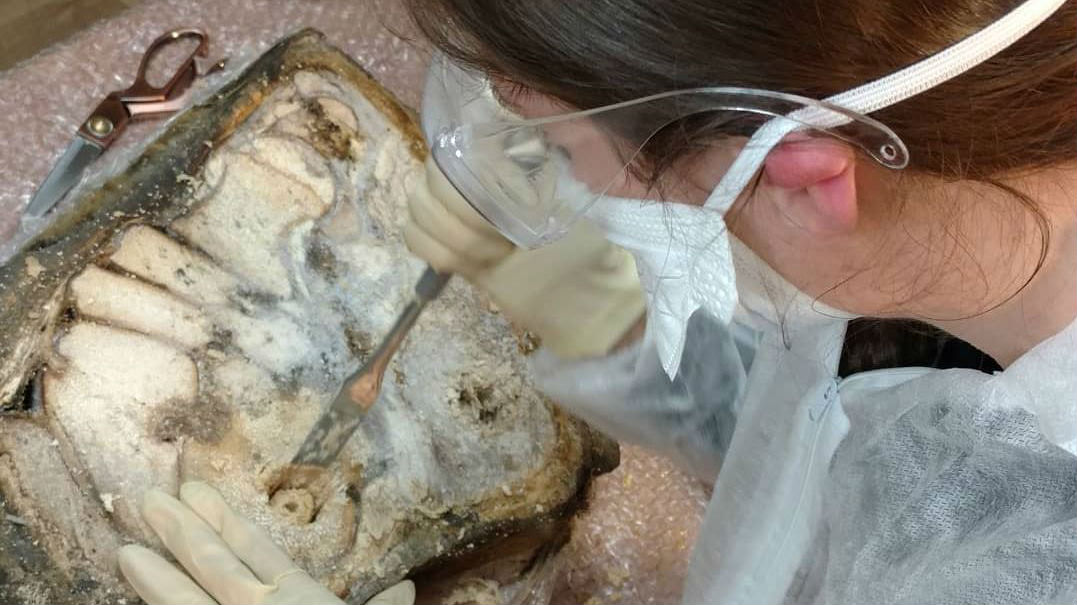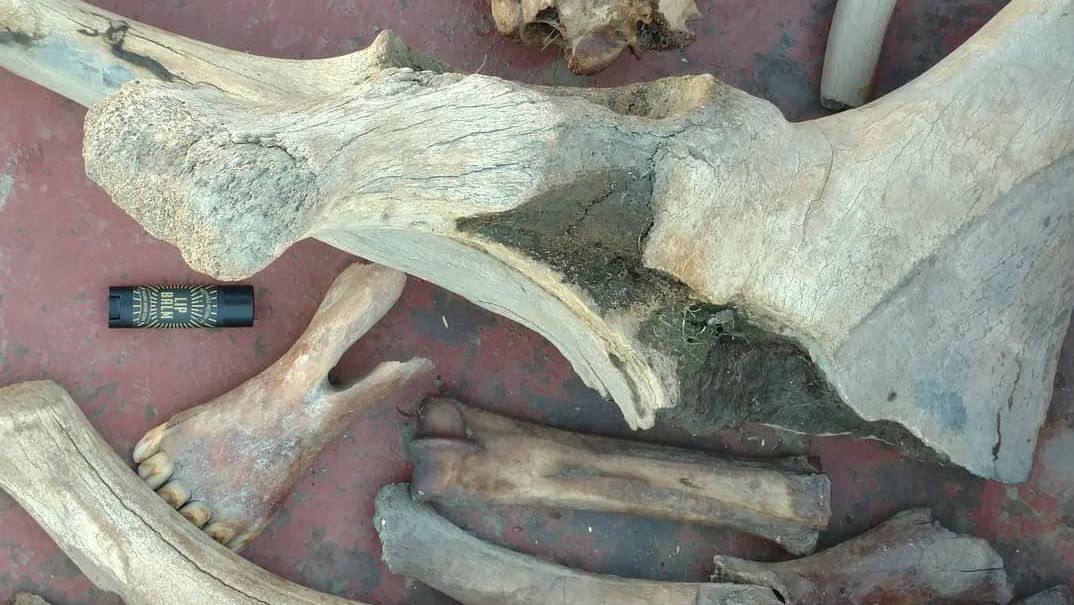How long until we bring woolly mammoths back from extinction?
Mammoth undertaking

Main image: Woolly mammoths were roughly the size of modern African Elephants, and weighed around six tonnes. Credit: Wikimedia Commons
Part of Dr Tom Ellis – the “rational scientist” part – thinks that a group of researchers’ plans to bring back the woolly mammoth from extinction are just a “sideshow” of little practical use. “But then on the flipside, I’m sitting here wearing a Jurassic Park T-shirt,” he says. “Would it be cool if somebody could bring back some of the things I saw in books as a kid? Yeah, that would be cool.”
The group in question is being led by Harvard and MIT professor George Church, one of the world’s leading geneticists, and their ’de-extinction’ project aims to make herds of woolly mammoths – or at least, animals that closely resemble the massive mammals – walk again.
In practice, the research involves editing the DNA of Asian elephant embryos so they’re born with some of the characteristics of their long-dead cousins, including thick fur, an insulating layer of fat to survive cold conditions, and the ability to release blood oxygen at lower temperatures.

In 2017, Church said that we could see live woolly mammoths “in a couple of years”. But that timeline could yet slip: Ellis, who's leading research into synthetic biology and synthetic genome engineering at Imperial College London, thinks it’ll take at least 10 years.
Just how difficult are Church’s next steps? And could the research lead to other breakthroughs? TechRadar spoke to Ellis and Dr Mike McGrew, group leader at The Roslin Institute, an institute for animal research at the University of Edinburgh, to find out.
Down to earth
Many of the project’s techniques are relatively well-established. Physically editing Asian Elephant DNA, for example, should be straightforward. Researchers use a type of ’molecular scissors’ that target a specific sequence of DNA within a cell. Once that section of DNA is cut out, the cell will attempt to repair it using any other DNA present – including any strands injected into the cell by researchers. It’s essentially a ’cut and paste’ job.
Get daily insight, inspiration and deals in your inbox
Sign up for breaking news, reviews, opinion, top tech deals, and more.
The key is determining which genes you want to ’paste’ – and that’s where it gets tricky. The woolly mammoth genome has been sequenced, but knowing what physical characteristics the genes code for, and isolating those the right ones, is difficult. By looking at known genetic pathways, Church’s team has already successfully rewritten a “number of genes” into Asian elephant cell lines, generating “increasingly mammoth-like cells”, including mutations such as extra hair growth. But it still must refine its results.

Ellis points out that, although the genomes of the two animals are 99.6% similar, that still makes them different by more than one million mutations. “The strategy they’re taking is looking at 100 or 1,000 mutations that take place in 20-100 locations that look like they’re most likely to explain [the differences],” he says.
“But that assumes that none of the other mutations anywhere else are related, and we know that you often have mutations that are in areas that don’t seem to make any sense for the [characteristics] involved, but […] help the mutation or the change in another area of the genome.
“By saying that ‘a million bases are different, but if we just change 1,000 that will be enough’, there’s a big risk associated with that.”
‘Far-fetched science fiction‘
Then there’s the small matter of creating an artificial uterus in which to grow the embryo. The team admits this sounds like “far-fetched science fiction”, but points to recent scientific breakthroughs that might make such a feat a possibility, including two instances where premature lambs were taken to full term in an artificial womb. As incredible as that sounds, the lambs were only in the wombs for a matter of weeks; applying the same techniques to elephant embryos could take many years, especially considering that elephants have the longest gestation of any mammal (up to 22 months).
Both Dr McGrew and Dr Ellis suggest creating embryos and implanting them back into a female Asian elephant, as we do with IVF in humans, as an alternative. But even that could be problematic, and has never been done in elephants before. Dr Ellis points out that, even if you can implant an embryo, “you don’t get your first results for a year and a bit, so it’ll be slow inherently”. There is a risk that the mother could reject the embryo, he adds.

And that’s not to mention ethical concerns around the project. Church’s team say that the reintroduction of mammoths to high northern latitudes could convert tundra back into grassland, which would reduce greenhouse gas emissions and boost biodiversity. But how would that impact animals in the existing ecosystem? How much would humans have to change the environment so it could support mammoths?
And, some ask, couldn’t the time and resources be better spent trying to prevent existing animals going extinct? Ellis says that perhaps “we’d be better served trying to keep an eye on what we’re making extinct and reducing that where it’s appropriate”. (Church has attempted to address some of these concerns in the past).
And then there’s the interesting, if more academic, question of whether the new animals would actually be woolly mammoths. “It is a mammoth, or is it an Asian elephant carrying mammoth characteristics?” asks McGrew. “It’s very interesting, how much of a genome would you have to change before […] you define it as a second species?”
The human impact
If these, ahem, mammoth hurdles can be overcome, then some of the new techniques that Church’s team will have mastered could be applied elsewhere, and not just in conservation efforts for other animals – itself no small matter.
“It is a mammoth, or is it an Asian elephant carrying mammoth characteristics?”
Dr Mike McGrew
One of the key steps in the project is taking Asian elephant fibroblasts, found in connective tissue, and turning them into induced pluripotent stem cells (iPSCs). Those stem cells can become multiple cell types depending on how they’re treated, with researchers introducing mutations to get the mammoth characteristics they want. The aim, eventually, is to turn them into an embryo.
Ellis says this has potential implications for humans, particularly for “major diseases” that are “genome based”. Editing human genes would clearly be very controversial, as the debate about ’designer babies’ shows, but the research could at least inform some of that discussion, and perhaps change the way we think about certain genetic diseases.
For now, though, those questions remain a future concern, and Church and his team’s research marches slowly on. Whether or not he manages to get a woolly mammoth walking in the next few years remains to be seen – but it’ll be fascinating to watch him try.
TechRadar's Next Up series is brought to you in association with Honor
